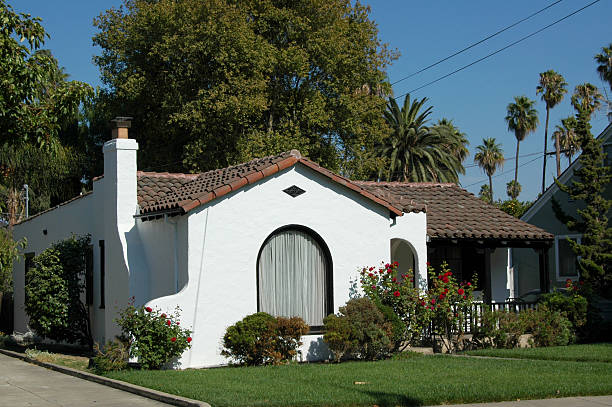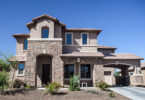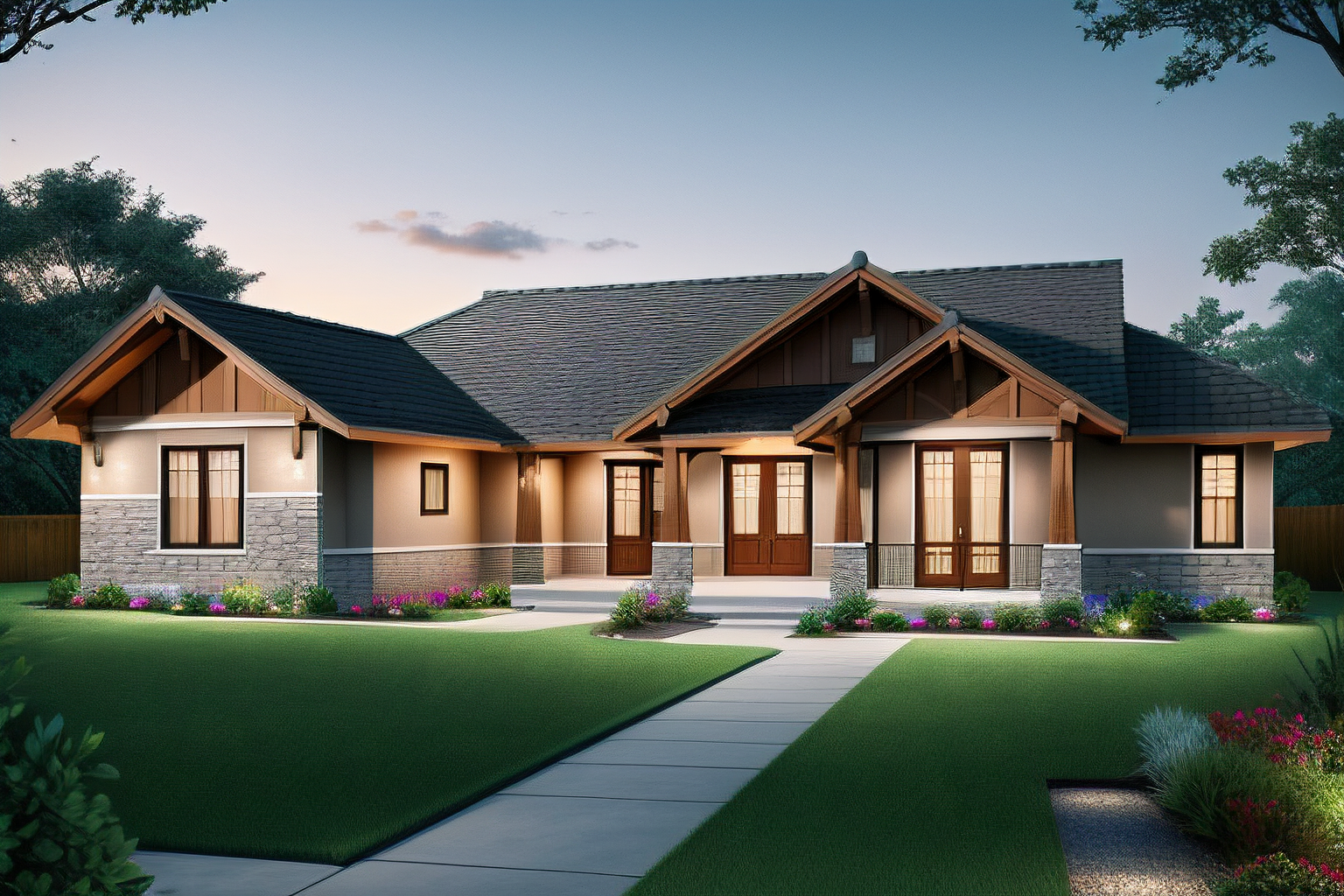The history of bungalow engineering could be an intriguing journey that ranges landmasses and centuries. Beginning in India, the term “bungalow” is inferred from the Hindi word “bangala,” which alludes to a sort of thatched-roof staying. These conventional Indian houses included low-pitched rooftops, spacious verandas, and basic, useful formats outlined to supply a shield from the strongly warm of the sun. British colonialists were drawn to the common sense and charm of these structures, receiving the bungalow fashion and introducing it to other parts of the world.
Within the late 19th and early 20th centuries, the bungalow got to be a well-known structural fashion in Western nations, especially within the Joined together States and Canada. Impacted by the Expressions and Makes development and the standards of Expert fashion, bungalows emphasized craftsmanship, characteristic materials, and integration with the encompassing scene. Planners like Gustav Stickley and Straight to the Point Lloyd Wright played noteworthy parts in popularizing the bungalow fashion, and planning homes that celebrated effortlessness, usefulness, and an association with nature.
Characterized by their single-story format, low-pitched rooftops, and wide verandas or patios, bungalows were outlined to be common and comfortable, with an accentuation on indoor-outdoor living. They regularly highlighted open floor plans, with interconnected living spaces that streamed consistently from one room to another.
Beginnings of the Bungalow
The beginnings of the bungalow can be followed back to India, where it developed as a conventional fashion of lodging. The term “bungalow” is accepted to have started from the Hindi word “bangala,” which alludes to a sort of thatched roof. These early bungalows were characterized by their low-pitched rooftops, verandas, and straightforward however useful plans. Outlined to resist the strong warm Indian climate, these residences gave protection and consolation to their occupants. British colonialists in India were drawn to the common sense and straightforwardness of these structures, driving the appropriation of the bungalow concept in other parts of the world. Over time, the bungalow advanced and adjusted to suit different climates and social settings, eventually getting to be a beloved engineering fashion with persevering ubiquity around the globe.
The Bungalow Development within the West
The Bungalow Development within the West developed in the late 19th and early 20th centuries, impelled by a want for effortlessness, craftsmanship, and a closer association with nature. Affected by the Expressions and Creates development, which looked for to restore conventional craftsmanship within the confront of industrialization, bungalows spoke to a flight from the resplendent and luxurious engineering styles of the Victorian time. Modelers and creators, propelled by the standards of straightforwardness and usefulness, started to grasp the bungalow as a show for advanced living.
Within the Joined together States and Canada, the bungalow rapidly picked up notoriety as a reasonable and down-to-earth lodging arrangement for a developing center lesson. Engineering pioneers such as Gustav Stickley and Straight to the point Lloyd Wright played instrumental parts in popularizing the bungalow fashion, pushing for its excellence through their plans and compositions. These early bungalows were characterized by their single-story format, low-pitched rooftops, and wide verandas or patios, which empowered open air living and socialization.
The bungalow development spoke to more than fair a move in engineering fashion; it encapsulated a broader social and social ethos. Bungalows were seen as homes for the common man, advertising an asylum from the stresses of urban life and a return to a less difficult way of living. With their accentuation on craftsmanship, normal materials, and integration with the encompassing scene, bungalows reflected a desire to manufacture a closer association to the common world and to live in concordance with it.
Characteristics of Bungalow Design
Bungalow engineering is characterized by a few unmistakable highlights that set it separated from other styles of homes. One of the foremost unmistakable characteristics of bungalows is their single-story format, which emphasizes a even introduction and a near association with the encompassing scene. This single-level plan not as it were improves the stream and usefulness of the domestic but moreover contributes to a sense of openness and openness.
Another trademark of bungalow design is the low-pitched roof, frequently with an overhanging overhang that gives shade and assurance from the elements. This roof fashion isn’t as it were down to earth but moreover includes to the visual offer of the domestic, loaning it a cozy and welcoming tasteful.
Wide, inviting verandas or patios are also a common include of bungalow engineering. These open-air living spaces serve as expansions of the indoor living regions, giving a put for unwinding, socializing, and getting a charge out of the encompassing view. The accentuation on open air living reflects the bungalow’s roots in warm climates and its center on cultivating a association to nature.
Advancement of the Bungalow Fashion
Over time, the bungalow fashion has experienced noteworthy advancement, adjusting to changing tastes, building patterns, and societal needs. Within the early 20th century, varieties such as the California bungalow and the Skilled worker bungalow developed, each with its unmistakable characteristics. California bungalows were impacted by the climate and scene of the West Coast, featuring wide overhangs, low-pitched rooftops, and an emphasis on indoor-outdoor living. Expert bungalows, on the other hand, were propelled by the Expressions and Creates development, with handcrafted points of interest, built-in furniture, and an appreciation for natural materials.
As the century advanced, bungalow engineering kept on advancing, reflecting the inclinations of property holders and designers alike. In the mid-20th century, bungalows experienced a resurgence in notoriety, with unused varieties rising to suit the wants and ways of life of cutting-edge families. Ranch-style bungalows, for case, highlighted sprawling formats and single-story plans, catering to the crave for open, roomy living spaces. Mid-century advanced bungalows grasped smooth lines, moderate aesthetics, and imaginative materials, reflecting the positive thinking and progressiveness of the period.
Conclusion
The history of bungalow design may be a confirmation to the persevering offer of this famous building fashion. From its beginnings in India to its far reaching ubiquity in Western nations, the bungalow has advanced to ended up a image of effortlessness, craftsmanship, and common sense. Whether settled in a rural neighborhood or neglecting a beautiful scene, bungalows proceed to fascinate property holders with their charm and character. As we see to long-standing time, it’s clear that the bequest of bungalow engineering will persevere for eras to come.




